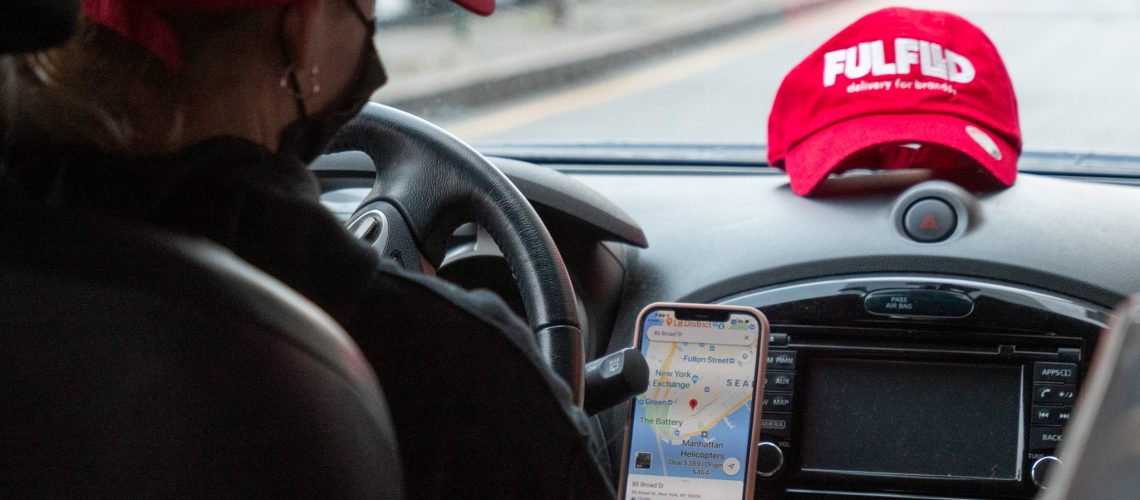Last mile delivery is becoming increasingly important as customers lean more heavily on online orders versus shopping at brick and mortar locations. But with the uptick in online orders come other complications, such as ensuring deliveries happen promptly. Thankfully, there are several steps that last mile delivery providers can take to succeed.
Practices for successful last mile delivery include allowing customers to choose and change delivery windows for their orders, leveraging modern technology to update and optimize deliveries, and training drivers in industry-specific delivery needs and customer service.
Though none of these practices may be simple to implement if they’re not already part of your business, they will provide a significant return on value and are integral to remaining competitive in the field.
Three Major Ways to Improve Your Last Mile Delivery
Improving your last mile delivery also means improving profit margins, relationships with your customers, and your overall business. Below, we’ll go into three easy ways to improve your last mile delivery and succeed within this industry.
Allow Customers to Choose and Change Delivery Windows
To an extent, customers always dictate delivery windows because they choose when to order a product or service. However, allowing customers more control over delivery windows increases customer satisfaction and also creates a more efficient delivery process overall.
For some industries, this is a convenience; but for others, this is a necessity. For example, customers who schedule a delivery from a catering service need to be able to schedule a specific date and time slot for the food to be delivered.
Not offering delivery time slots can potentially alienate certain customer bases. Similarly, not allowing customers to change or otherwise update their delivery dates can also pose problems.
Keep in mind, allowing customers to choose and change delivery windows necessitates an intuitive delivery website or application that provides real-time updates. This is essential to ensuring deliveries are as streamlined and efficient as possible, beyond being just correct.
Leverage Advanced Technology to Update and Optimize Deliveries
The technology you leverage to plot out delivery routes is the deciding factor between having swift, efficient deliveries and routes that tie up drivers and resources for unnecessarily long periods. Your delivery system needs to not only register new orders and add them to the existing route but also organize the deliveries so that the route is as optimized as possible.
Your delivery interface should also be designed so that customers can easily navigate to their order and see any relevant updates. It can both alienate and frustrate customers if the state of deliveries isn’t transparent.
And for certain industries, such as those involved in culinary, financial, or medical work, knowing the status of delivery can be critical. It can be annoying at best and risky at worst if deliveries aren’t on time.
Ensure Drivers are Professional and Versed in Customer Service
Though deliveries are (obviously) the primary component of last mile delivery, the drivers themselves are also essential to the process. Drivers need to be versed in prompt delivery service within the industries you service so that they’re aware of both standard practices and specific needs according to each industry.
Additionally, drivers need to be thoroughly trained in customer service and satisfaction. Though their job is to technically deliver products, they will likely come into contact with or have to interact with customers.
As a representation of both your company and the clients for which you deliver, drivers must act and dress professionally. Drivers that are rude, combative, or offensive will upset customers and result in lost future business and referrals. It’s also possible that customers may deliberately seek out drivers to discuss issues with the delivery time or products, such as if the delivery is late or the products are damaged. When this happens, drivers need to be able to handle the customer and provide them with a resolution that is satisfactory to all parties involved



